Affiliate links on Android Authority may earn us a commission. Learn more.
LG V70: What we want to see from LG's next flagship phone
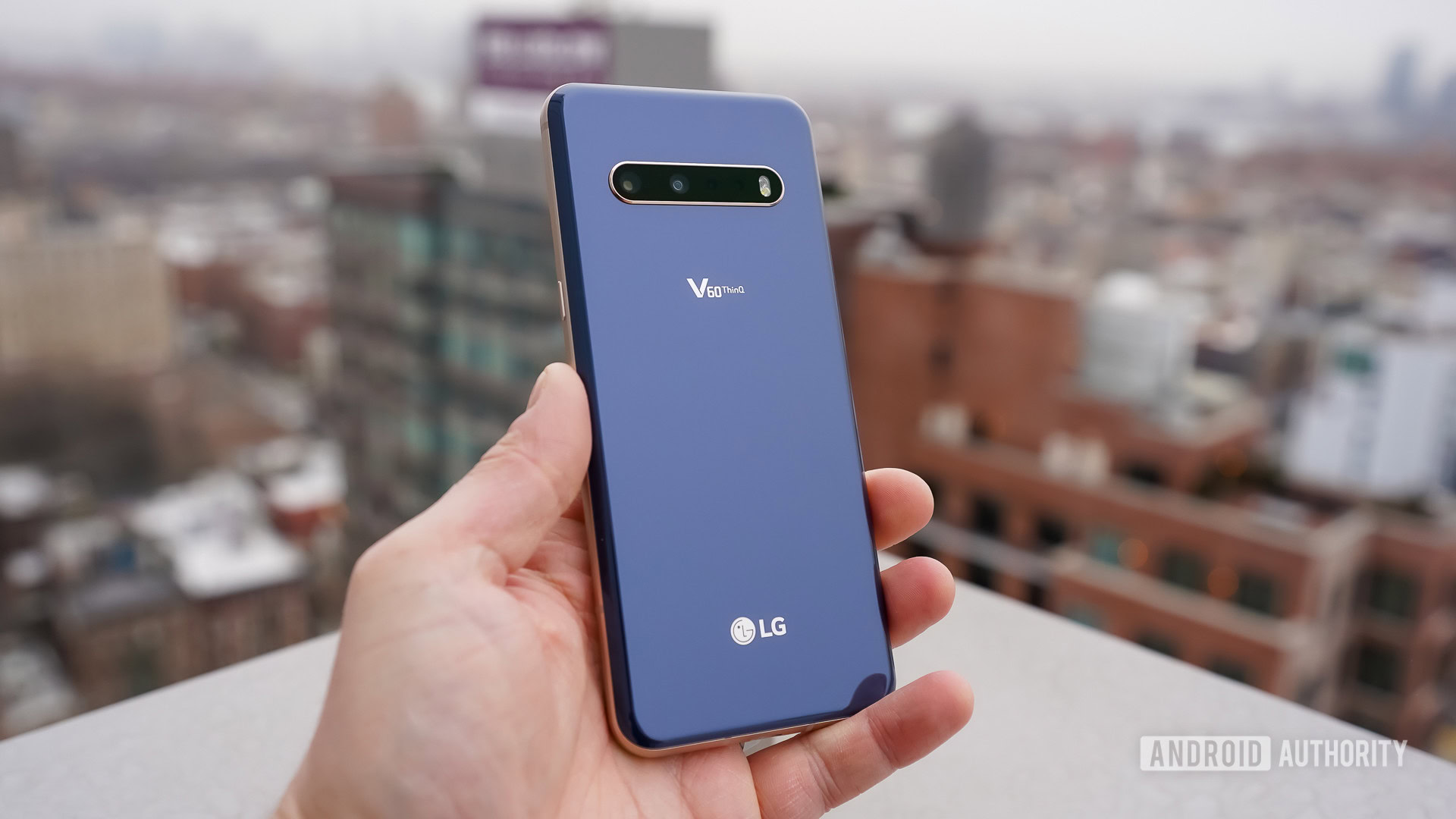
The LG V60 might be one of the most underrated flagship phones of 2020, and we actually thought it was the firm’s best phone in years. LG just about managed to buck the trend of $1,000+ phones seen from the likes of Samsung, HUAWEI, OPPO, and even Xiaomi.
Coming in at a starting price of $800 without the Dual Screen case, you’re getting one of the most powerful Android processors on the market, a big battery, wireless charging, and water resistance. There’s still room for improvement though, so here’s what we’d like to see from the LG V70 or whatever LG’s next V series flagship is called.
Our verdict: LG V60 review — LG’s best effort in years is worth a look
A bigger step up in camera quality
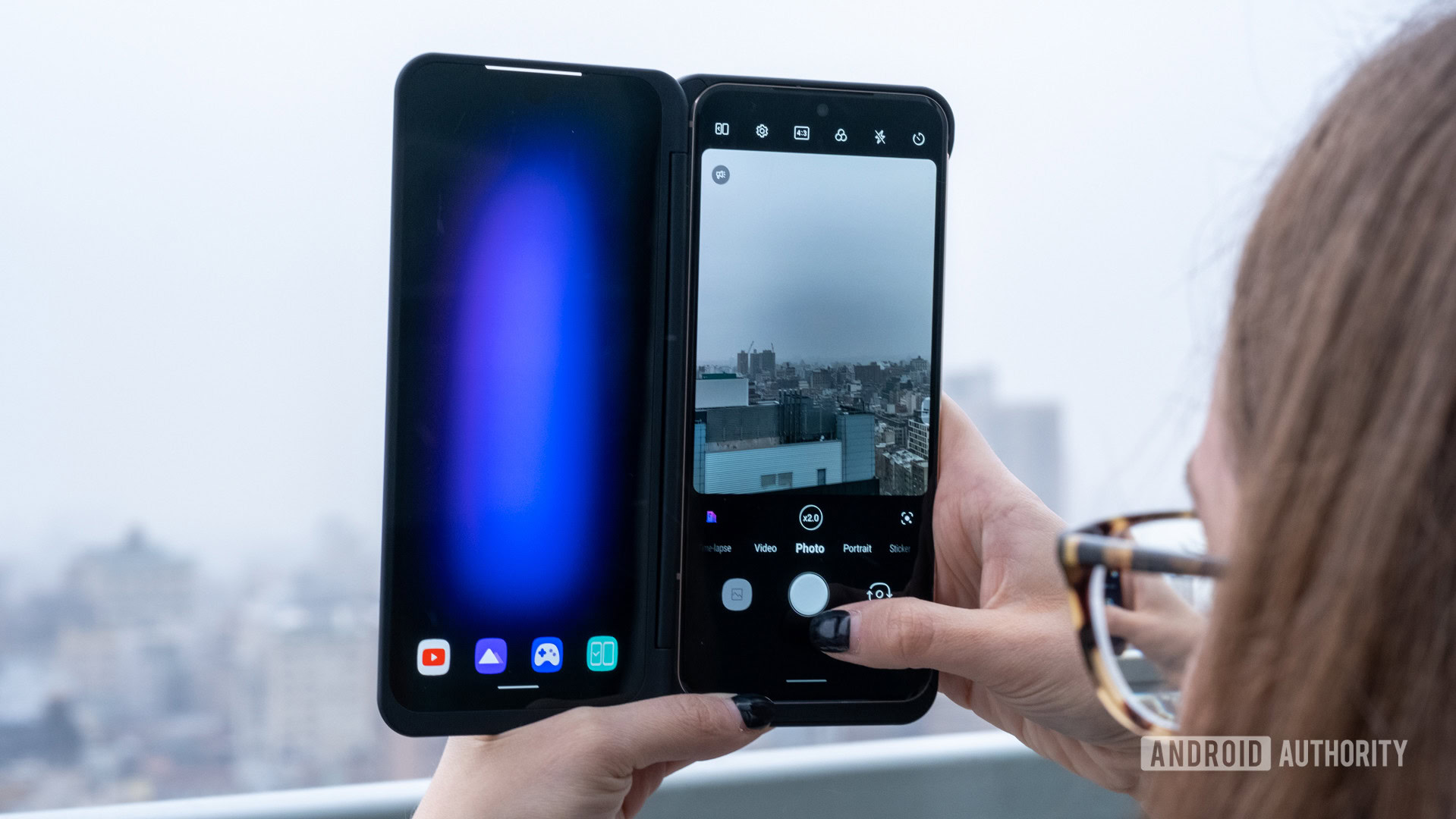
It feels like a constant refrain at this point, but LG’s main issue at this stage is its cameras. That’s not to say the LG V60 takes bad photos, far from it. However, the likes of Google, HUAWEI, Samsung, Xiaomi, and others have all stepped their games up in recent years, especially for point-and-shoot photography.
LG’s phones tend to get left behind rivals when it comes to general consistency. Our own Eric Zeman noted that the V60 camera suffers from inconsistent exposures and issues with HDR. Fellow Android Authority writer Joe Hindy also found that while the phone takes above-average images in general, low light pictures aren’t as impressive.
LG is also long overdue for an ultra-wide camera upgrade. We’d like to either see more megapixels as we saw with the OPPO Find X2 Pro and OnePlus 8 Pro, much-improved low light quality as we see with HUAWEI’s recent flagships, or simply just adding autofocus for a more versatile experience.
Improved fingerprint scanner
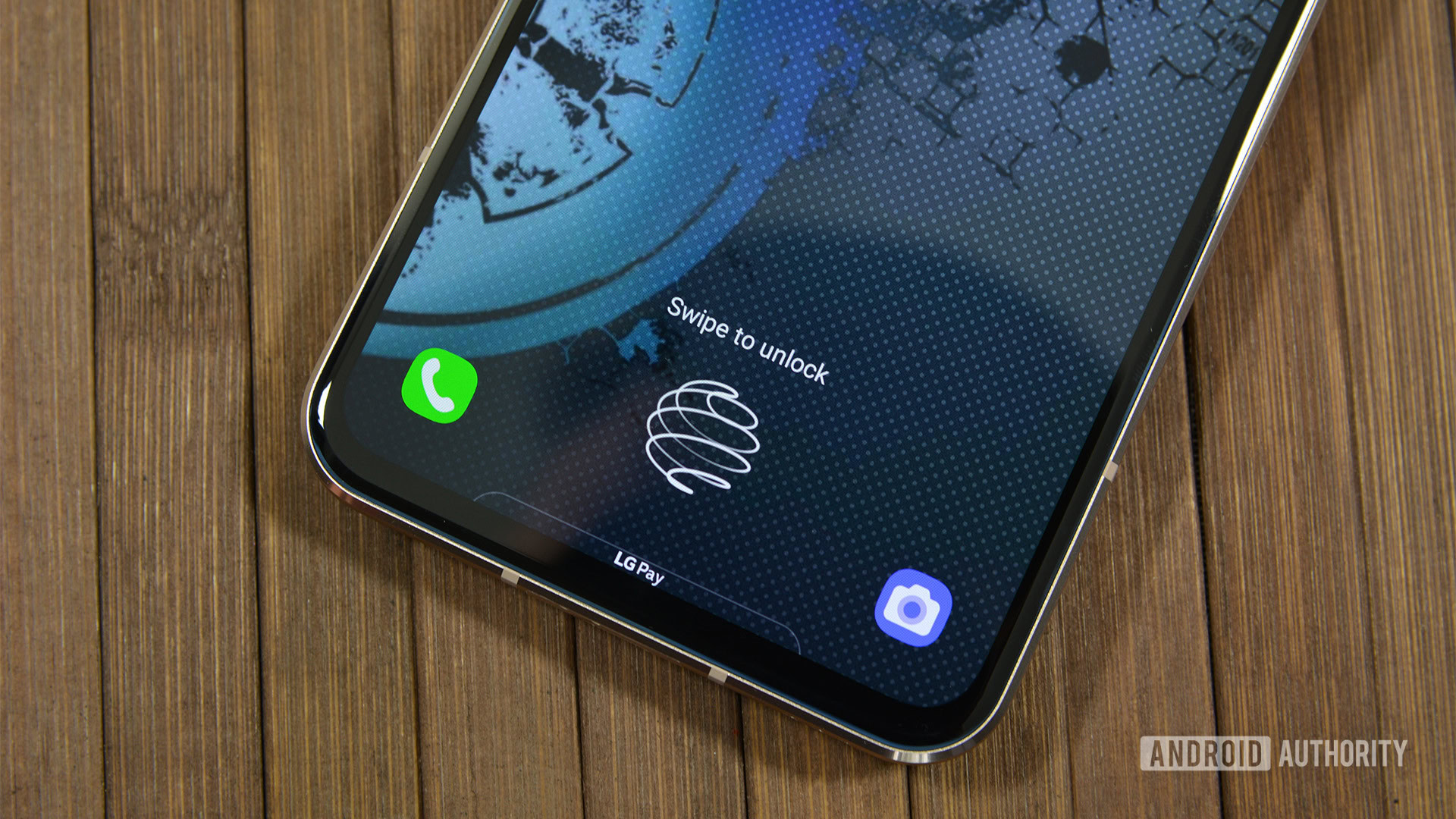
In-display fingerprint sensors have been around since 2018, but it’s tough to say whether they will ever be truly preferable over physical scanners. The LG V60 doesn’t make us more confident in this regard.
The V60’s in-display scanner is nowhere as reliable as the rear-mounted scanners seen on LG’s previous phones. It tends to take a little longer to authenticate and fails to read just a tad more often than some competing devices.
Many brands have experienced teething issues upon first adopting this tech, but quite a few of them are now delivering faster, more accurate readers. It’s high time for LG to catch up.
Time to improve the software
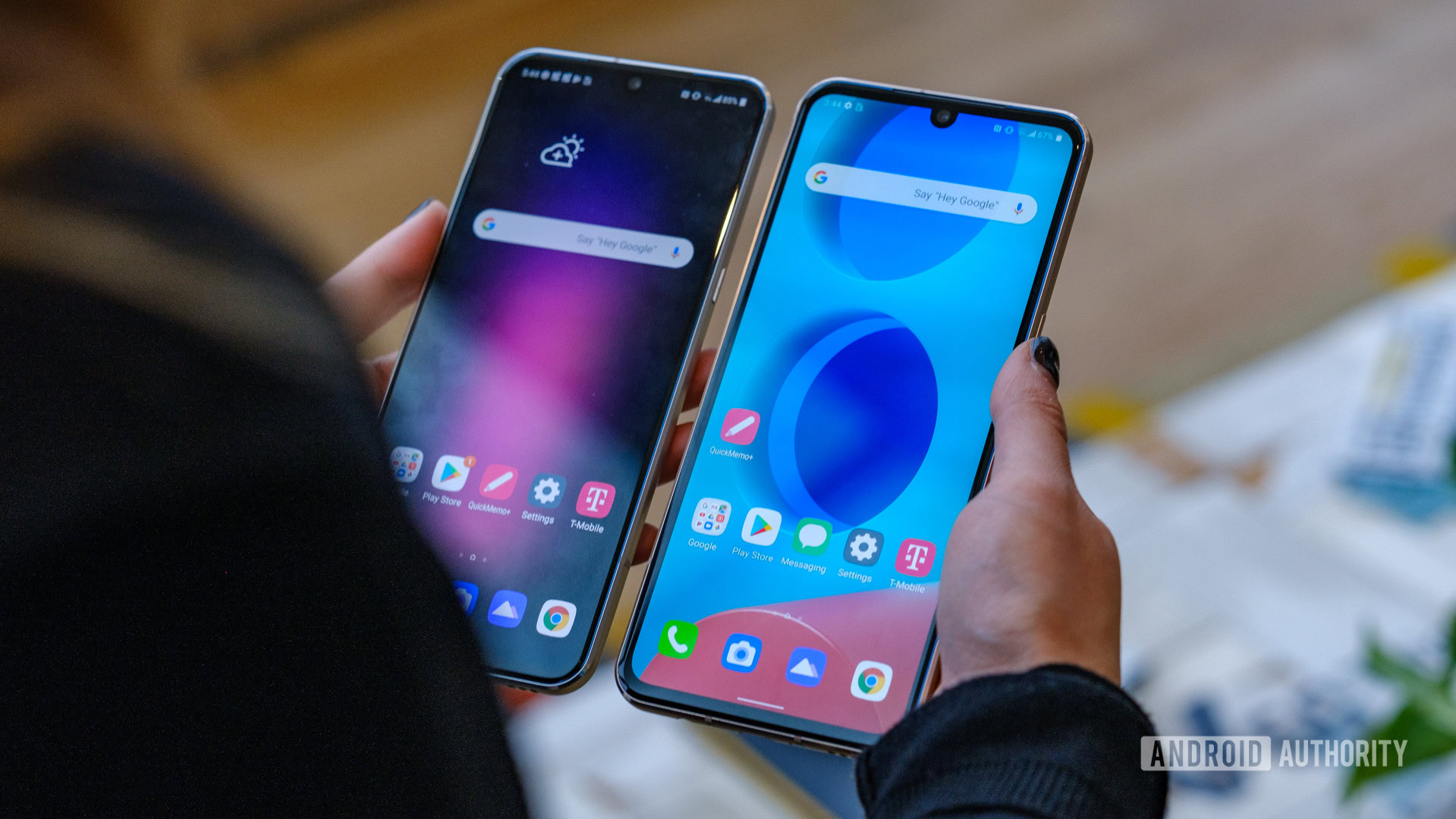
Prior to the LG V60, the last time I had extensively used an LG phone was 2017’s V30. I was disappointed to discover that the software on the V60 still feels very similar to that release. Android Authority‘s David Imel bemoaned the Android skin’s extensive use of neon when he reviewed the LG Velvet — another odd design choice that makes LG UX look and feel dated and unsophisticated.
Related: Are there any truly bad Android skins out there today?
LG’s software isn’t the worst offender when it comes to Android skins from major brands (here’s looking at you, vivo FunTouch OS). But we’ve recently seen OPPO and realme both make major strides by embracing a stock-like aesthetic without losing functionality. Time to go back to the drawing board, then?
A longer commitment to updates (and a regular schedule)
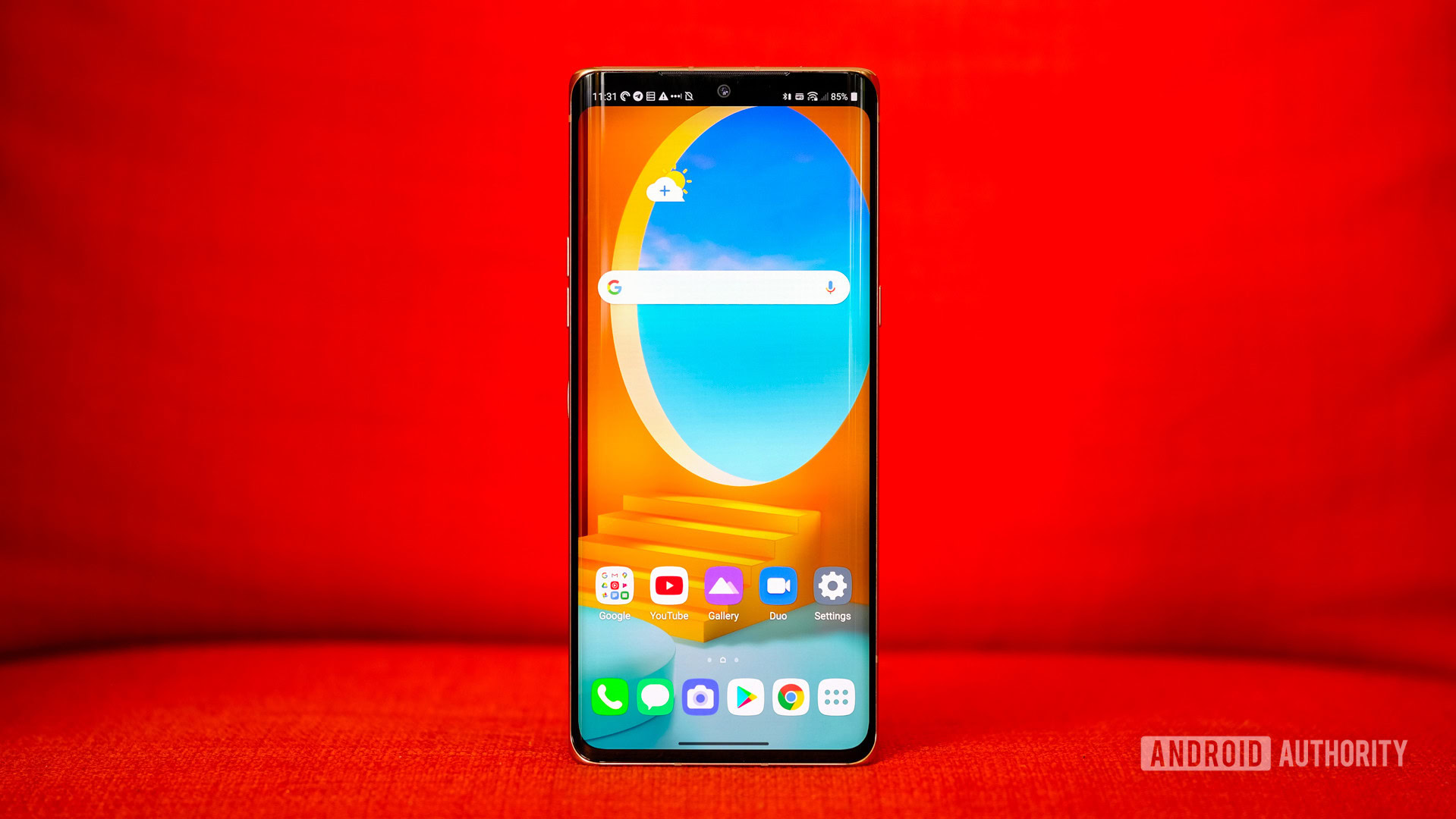
LG’s had a mixed reputation when it comes to firmware updates, with months-long delays or even missing updates entirely. The company seems to have improved matters somewhat with its Android 10 rollout, but some owners will nevertheless be waiting until well into late 2020 for the upgrade.
We’d like to see the LG V70 — and all premium LG phones — get a longer, more timely commitment to Android system and security updates. This is particularly relevant in 2020, with Samsung announcing a three year pledge for Android version updates, matching the likes of Google and OnePlus.
A better Dual Screen experience
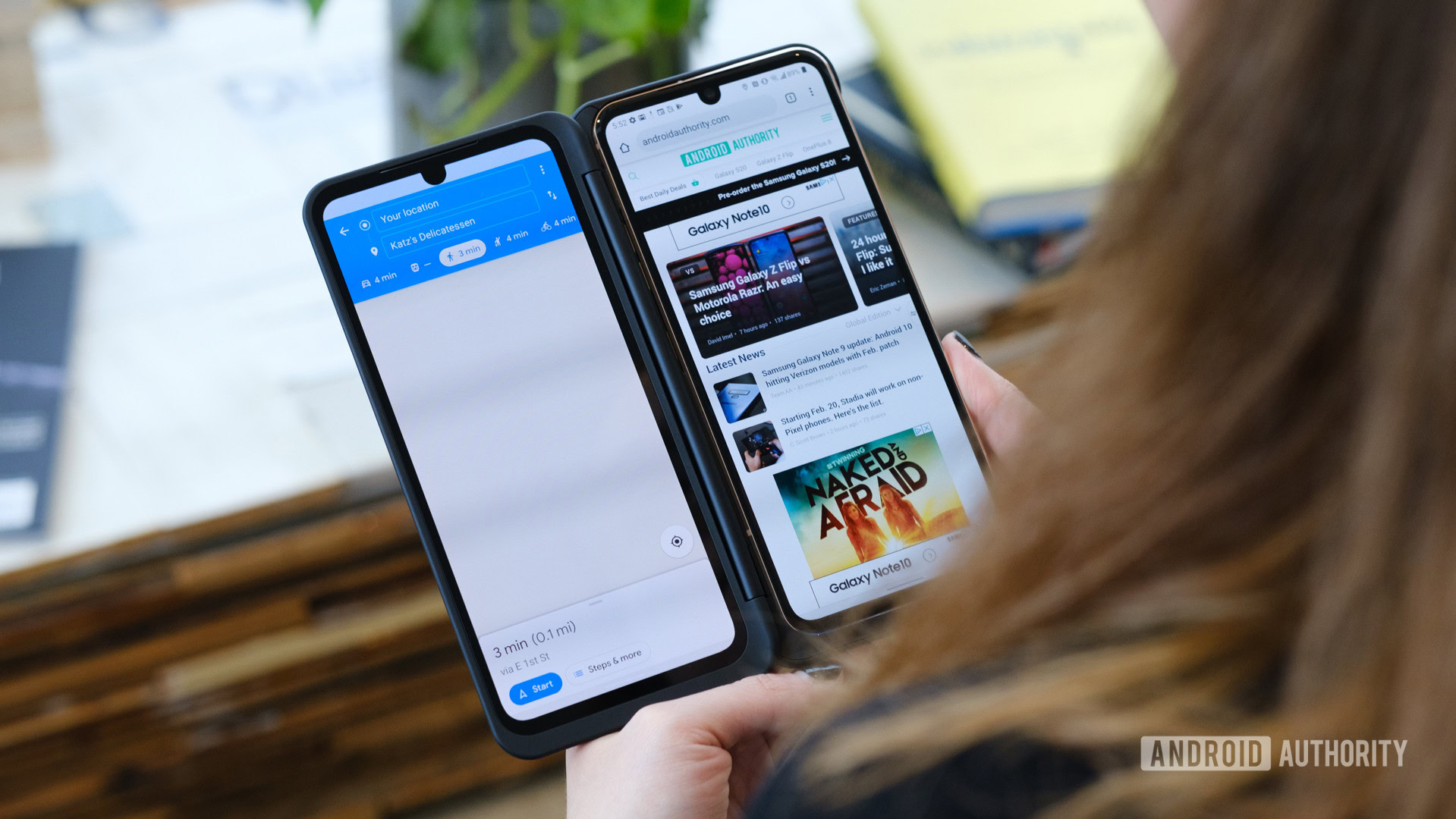
LG’s Dual Screen accessory is unique in the smartphone world, essentially giving consumers a foldable experience without delivering a fragile device at a hefty premium. Unfortunately, there are downsides to the pairing.
Related: Everything you should know about the LG Dual Screen accessory
For one, the LG V60 paired with a Dual Screen case is an extremely cumbersome combination. You’ll struggle to get it in tight jeans, and the sheer heft and thickness means that there’s a good chance it’ll drag your pants down. Here’s hoping that the LG V70/Dual Screen pairing is slimmer and lighter.
Then there’s the software experience. You need to download a third-party app like WideMode to span an unsupported app across both screens. You’ll also need a third-party app if you want app links (e.g. Google Maps or reddit links) to open on the other screen. Here’s to LG focusing on these problem areas with future iterations.
Where’s the high refresh rate screen?
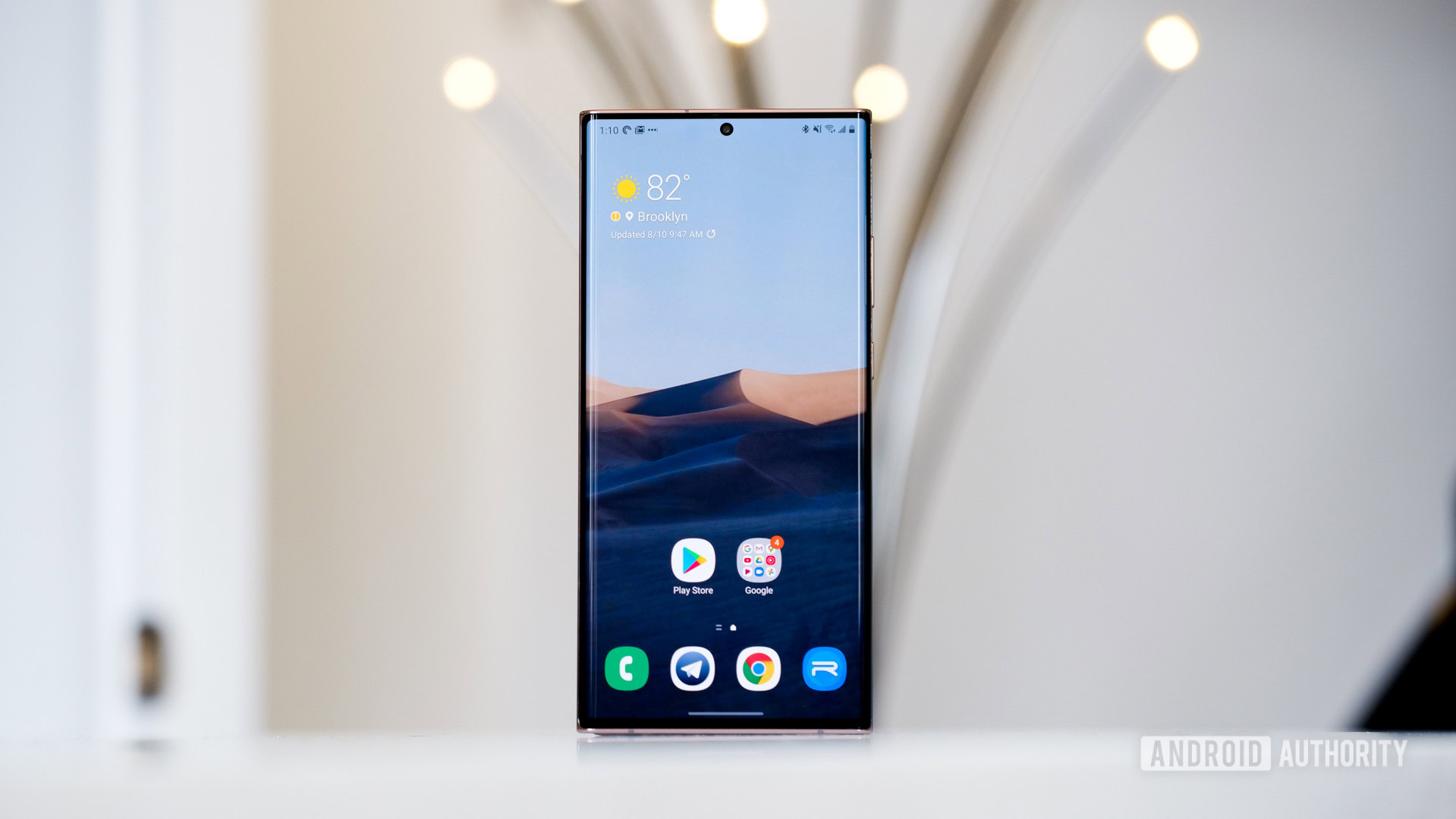
High refresh rate mobile screens have been around in some capacity since 2017’s Razer Phone, but they’ve exploded in popularity in the last 18 months. This tech delivers a smoother experience when swiping through menus, scrolling, and while playing supported games. It’s a pity that LG has so far opted to forego this tech while most other OEMs have adopted it.
A high refresh rate does consume more juice, but users can always revert to the standard 60Hz refresh rate to prolong battery life. We’ve also seen some brands offer software tweaks to optimize power consumption. Furthermore, the likes of Samsung use variable refresh rates to balance things out, automatically adjusting between a variety of refresh rates depending on the content.
Keep the headphone port
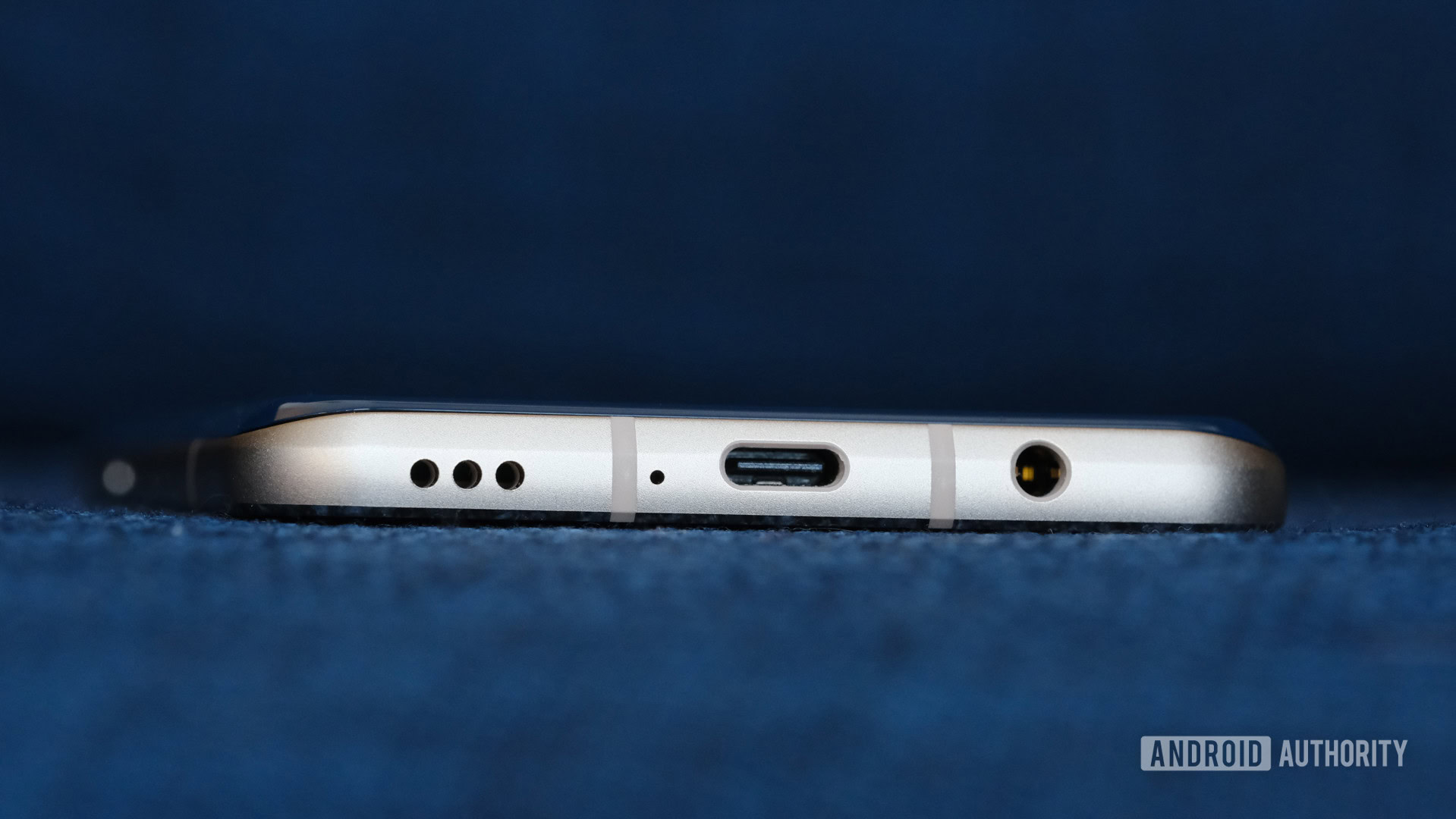
LG has resolutely stuck to the 3.5mm headphone port with its flagships for the most part, all while bringing in quad DAC hardware for a better audio experience. There is reason to be concerned about the V70 though, as the LG Wing ditches the standard.
More reading: The best smartphones with a 3.5mm port
The Wing is separate from LG’s traditional flagships, being the first device in the company’s Explorer Project of innovative smartphone designs. So, it’s entirely possible that the headphone jack omission was a one-off rather than a sign of things to come. In any event, we’d like to see LG stick with the 3.5mm port as it did on the V60, especially as the likes of Sony bring the standard back to their flagships.
What’s your biggest wish for the LG V70? Take our poll below!